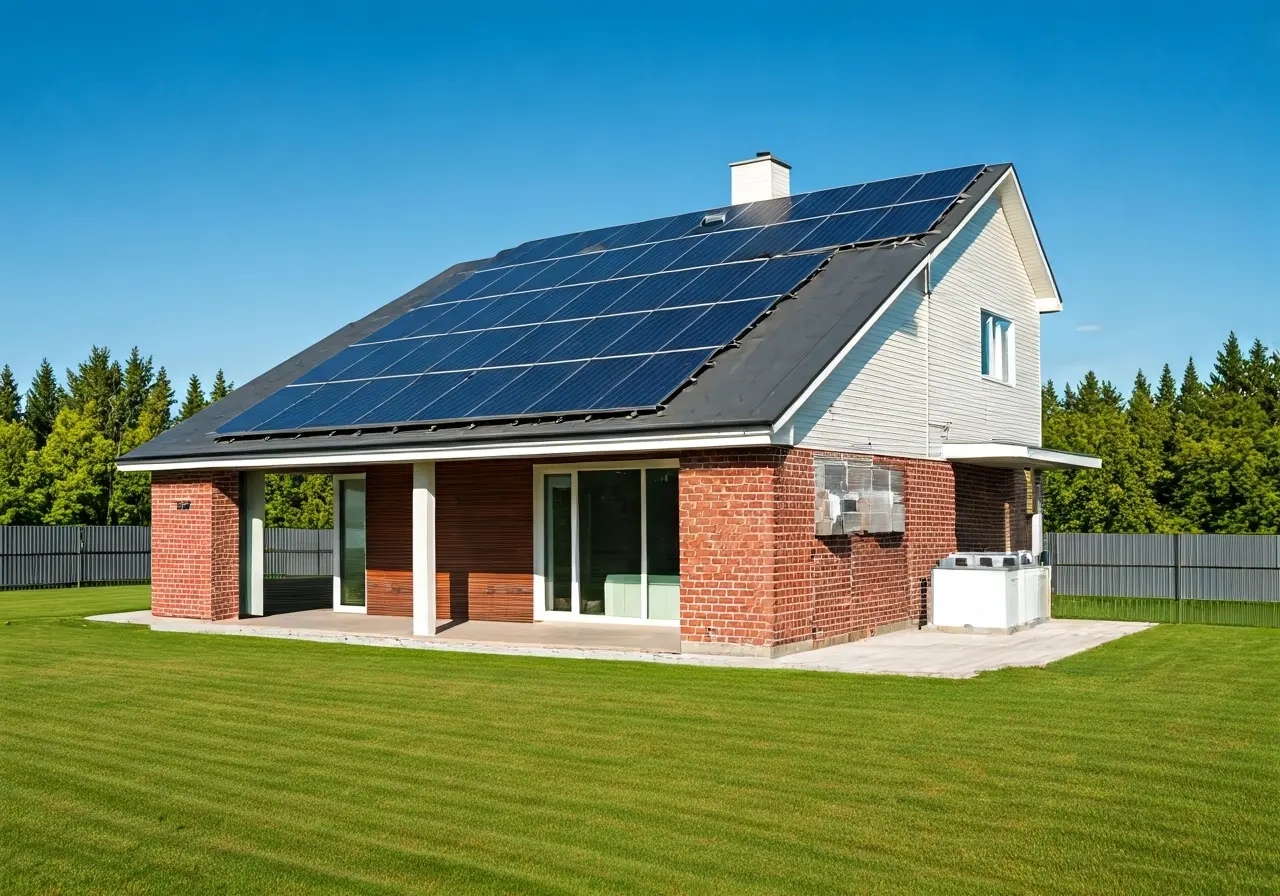How Does Residential Storage Enhance Energy Efficiency?
In today's world, energy efficiency is more important than ever. One way to boost efficiency at home is by utilizing residential storage. But how exactly does it help? Let's dive into the benefits and processes involved.
What is Residential Storage?
Residential storage refers to various systems and solutions that store energy for future use. These can include batteries, heat storage, and even small-scale pumped hydro systems.
At its core, residential storage is about harnessing energy when it's available and releasing it when it's most needed. This not only helps ensure a reliable power supply but also optimizes energy usage at home. Particularly in solar-powered homes, residential storage allows for capturing excess solar energy produced during the day to be utilized during the night.
Throughout the day, energy needs fluctuate. With residential storage systems, homeowners can buffer these variations, reducing grid dependency significantly. Learn more about our available storage solutions and how they can increase your home's energy efficiency on our Energy Solutions page.
Types of Residential Storage Solutions
Explore different residential storage solutions such as battery storage, thermal storage, and mechanical storage. Each has its own set of advantages and applications.
Battery storage, by far the most popular choice today, involves using devices like lithium-ion batteries that store electrical energy for future use. Thermal storage, on the other hand, involves storing energy in the form of heat for later use, such as heating your home during the winter. Mechanical solutions, like flywheels, store energy as kinetic energy, offering another unique approach to ensuring energy availability.
Each type of storage solution offers distinct benefits. For instance, battery systems can provide backup power during outages, while thermal storage helps in reducing heating costs. To choose the most suitable option for your home, consider your specific energy needs and lifestyle.
Improving Energy Efficiency with Storage
Residential storage can enhance energy efficiency by storing excess energy generated during low-demand times and releasing it during peak demands, thus reducing the need for power from the grid.
By strategically storing energy when demand is low, such as during sunny, non-peak hours, and using this stored energy when demand increases, you can significantly reduce the energy needed from non-renewable sources. This not only means cleaner energy consumption but also helps in cutting down your energy bills.
Moreover, efficient storage systems can contribute to reducing overall energy consumption. By minimizing waste and optimizing usage, these systems ensure that your home runs on energy that's already available and paid for, resulting in sustainable savings over time.
Financial Benefits of Residential Storage
By optimizing energy use and reducing dependence on the grid, homeowners can lower their electricity bills and even earn credits through net metering programs.
The financial advantages of investing in residential storage extend beyond just monthly savings. In regions with incentives for clean energy adoption, homeowners may qualify for tax credits or rebates by incorporating storage solutions.
Furthermore, the increased independence from traditional grid power often translates to stability against rising energy costs. Especially in areas plagued by frequent power outages, the reliability offered by a well-integrated storage system is invaluable.
Environmental Impact
Residential storage not only helps reduce energy costs but also minimizes reliance on fossil fuels, reducing greenhouse gas emissions and leading to a cleaner environment.
By integrating storage solutions that enable the use of renewable energy sources, you're actively participating in the protection of our planet. The reduction in carbon emissions contributes significantly to combating climate change.
Moreover, these solutions promote sustainable resource management by ensuring that energy produced renewably isn't wasted. This conservation effort aligns with broader environmental goals and plays a pivotal role in fostering a green future.
Steps to Implement Residential Storage
Learn how to assess your energy needs, choose the right storage solution, and install a system that aligns with your energy goals and budget.
The first step in implementing a storage system is evaluating your current energy consumption patterns. Identify peak usage periods and the potential for storing excess energy during low-demand times.
After assessing your needs, explore different storage options available on the market. Consider factors like storage capacity, efficiency, and integration capability with existing home systems. Our expert consultation services can provide personalized advice tailored to your requirements.
Installation is the final step. Always ensure you work with licensed and experienced professionals to guarantee safe and effective integration of the storage system. Proper maintenance and regular check-ups should follow, ensuring longevity and peak performance of the system.
Harnessing the Power of Residential Storage for Energy Efficiency
Residential storage is a vital component in enhancing energy efficiency. By understanding the different types, benefits, and implementation steps, you can contribute to a more sustainable future while enjoying the personal benefits of lower bills and increased energy security.


